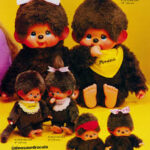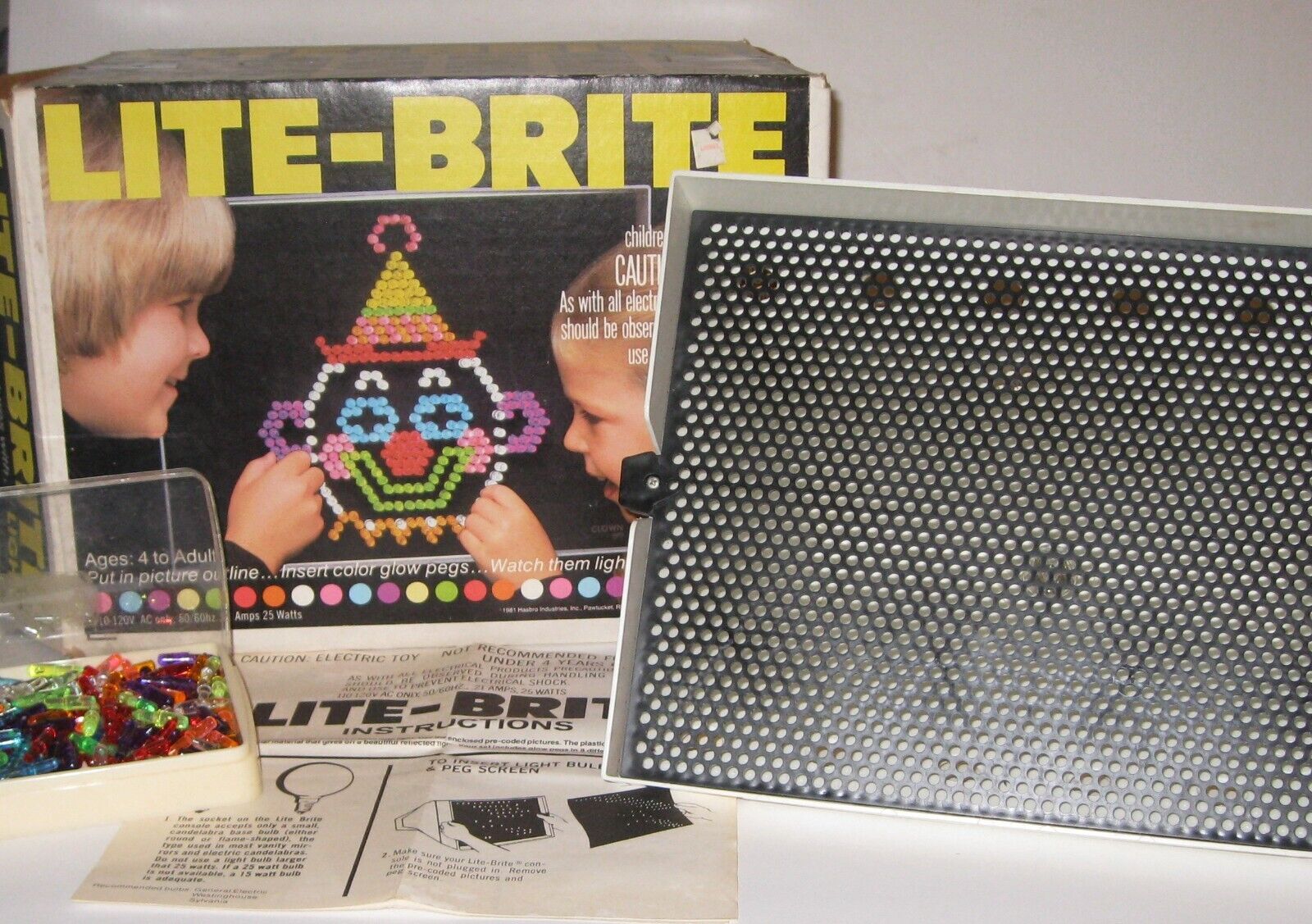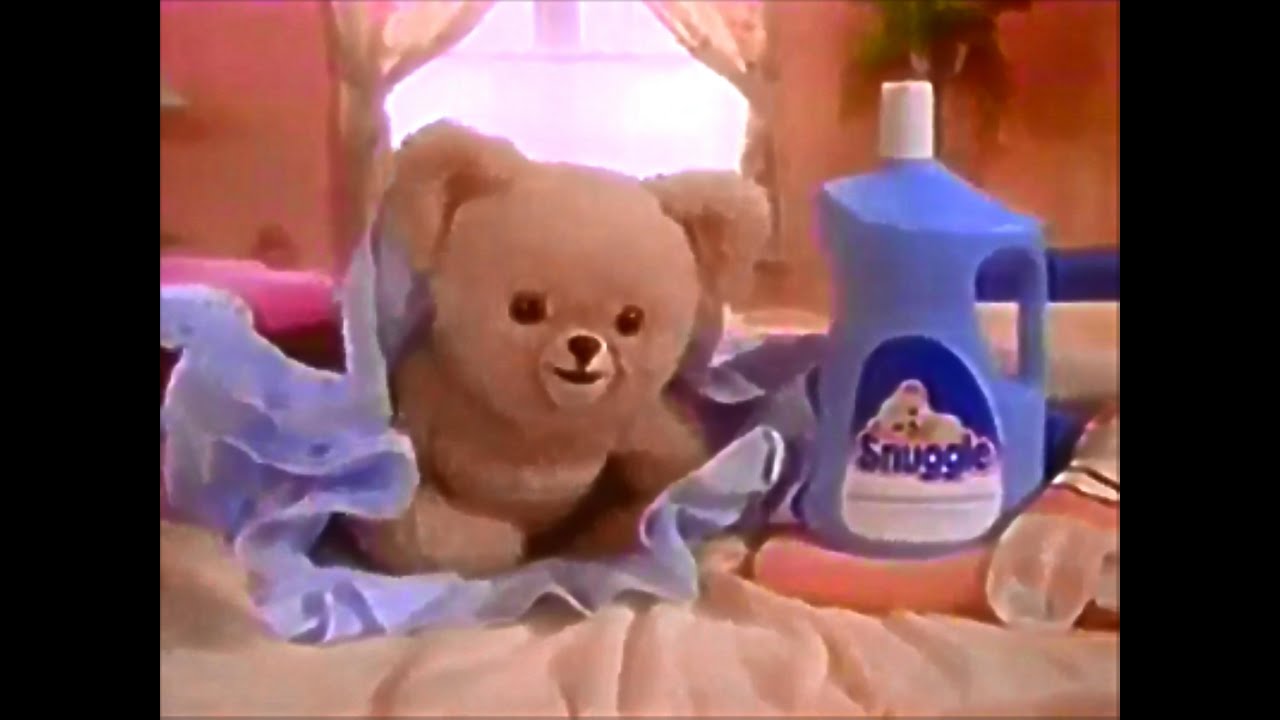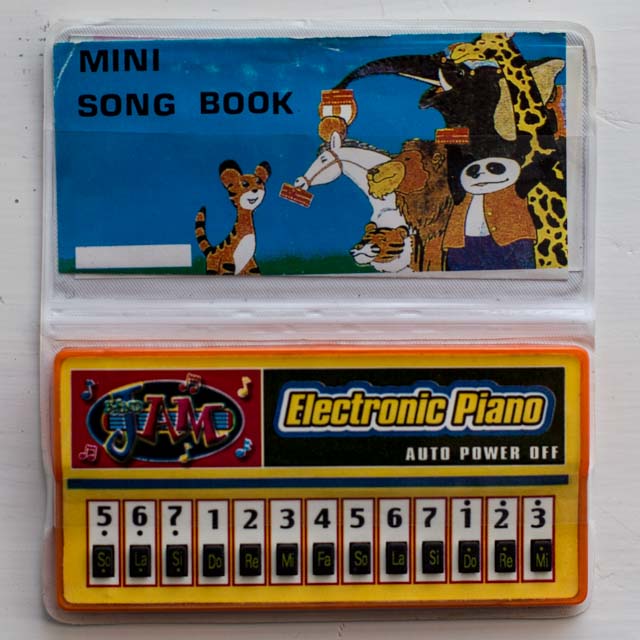 The 1980s were a golden age for toy lines that seemed to come out of nowhere and then absolutely dominated schoolyards, birthday parties, and Saturday morning cartoons. Cabbage Patch Kids. Transformers. Strawberry Shortcake. He-Man. But nestled among the heavy hitters, perched between plush and plastic, lived a tribe of strange, thumb-sucking monkey creatures with oversized heads, velvety brown fur, and a permanent look of sleepy contentment. They were the Monchhichis, and for a brief but memorable time in the early to mid-’80s, they were the weird, cuddly must-haves of the toy aisle.
The 1980s were a golden age for toy lines that seemed to come out of nowhere and then absolutely dominated schoolyards, birthday parties, and Saturday morning cartoons. Cabbage Patch Kids. Transformers. Strawberry Shortcake. He-Man. But nestled among the heavy hitters, perched between plush and plastic, lived a tribe of strange, thumb-sucking monkey creatures with oversized heads, velvety brown fur, and a permanent look of sleepy contentment. They were the Monchhichis, and for a brief but memorable time in the early to mid-’80s, they were the weird, cuddly must-haves of the toy aisle.
Monchhichis weren’t born in America—they were imported from Japan, where they were first introduced by the Sekiguchi Corporation in 1974. The name “Monchhichi” itself was a blend of “mon,” the French word for “my,” and the sound a baby might make while sucking its thumb—chh chh. These bizarrely endearing creatures combined the features of a baby, a monkey, and a plush doll. Standing around 6 to 8 inches tall, with big plastic heads, large eyes, and fuzzy bodies, each Monchhichi came with a built-in thumb that could be popped in and out of its mouth with an oddly satisfying “click.” Their thumbsucking ability, paired with their sleepy expressions, made them feel like something between a security blanket and a pet.
In Japan, Monchhichis were a hit almost immediately, appealing to kids and collectors alike. By the late 1970s, they had expanded across Europe, especially popular in Germany and France. But it wasn’t until the early 1980s that the Monchhichi wave reached the United States—and once it did, American kids couldn’t get enough of them. Distributed by Mattel in the U.S. market starting in 1983, Monchhichis hit at just the right moment: the same era when plush toys were in demand, and every successful toy needed a cartoon to go with it.
The toys themselves were designed to be irresistibly huggable. They came in a variety of sizes and styles, from the classic boy and girl Monchhichis (distinguished by a bowtie or pigtails) to themed versions dressed as doctors, cowboys, ballerinas, and even holiday editions. Some had pacifiers instead of thumbs. Others came with little bottles or cribs or accessories to enhance their baby-animal vibe. And while they weren’t action figures in the traditional sense, their posable arms and heads gave them just enough interactivity to feel alive in a child’s hands. You could make them suck their thumb, hug each other, or ride in a tiny stroller. The play was gentle and imaginative.
What truly boosted the Monchhichi craze in the U.S. was their animated series. Hanna-Barbera, the legendary studio behind The Flintstones and Scooby-Doo, launched The Monchhichis cartoon in 1983 as part of the Saturday morning block The Monchhichis/Little Rascals/Richie Rich Show. The cartoon transformed the thumb-sucking dolls into an entire race of tiny tree-dwelling creatures who lived in a forest and battled mischievous Grumplins who threatened their harmony. With high-pitched voices, magical gadgets, and a whole lot of teamwork and positive messages, the Monchhichis became more than just toys—they were characters with stories, missions, and a world to inhabit.
Admittedly, the show was kind of odd. It had all the hallmarks of early ’80s animation: squeaky dialogue, recycled running animations, heavy moralizing, and overly bright backgrounds. But for kids of that era, none of that mattered. Seeing the toys brought to life gave them extra meaning. Watching the Monchhichis escape danger or help each other out only made children more eager to collect the dolls, act out their own forest adventures, and bring the show’s fantasy into their bedrooms and backyards.
Though the Monchhichis were marketed primarily toward younger children—especially girls—their cuteness had a kind of cross-gender appeal. They weren’t as rugged as G.I. Joes or as aggressive as Transformers, but they existed in that same imaginative space. They were small enough to carry in backpacks, soft enough to sleep with, and quirky enough to stand out from a sea of more traditional plush toys. There was a strange charm in their wide-eyed innocence, their constantly contented expressions, and the little plastic thumbs that seemed permanently preoccupied.
Of course, like many toys of the 1980s, Monchhichis burned bright and fast. By the mid to late ’80s, interest in the line began to wane as newer, more action-oriented toys took center stage. The cartoon only lasted one season, and while the dolls remained in stores for a while, they couldn’t maintain the same momentum as their flashier, more heavily merchandised peers. But Monchhichis never completely disappeared. They remained popular in Japan and parts of Europe, where new versions continued to be released, including family sets, seasonal designs, and collector’s editions.
In fact, Monchhichis have seen multiple revivals over the decades. Mattel reintroduced the toys in the 2000s and again in the 2010s, often leaning into retro nostalgia. Adult collectors began posting vintage Monchhichis online, trading rare editions, and dressing them in custom outfits. And while they might not have the same mainstream appeal as they once did, their presence still sparks instant recognition—and a flood of childhood memories—for anyone who grew up in the Monchhichi moment.
So why did these thumb-sucking monkey babies leave such a mark? Maybe it was their unique blend of softness and weirdness. Maybe it was the fact that, unlike so many toys trying to be cool or extreme, Monchhichis were unabashedly sweet. They didn’t punch, kick, transform, or battle robots. They just hugged, giggled, and looked cute doing it. In a decade defined by neon, noise, and ninja turtles, Monchhichis offered something quieter—a strange little hug in the middle of the chaos.
Whether you had one on your bed, saw the cartoon on a Saturday morning, or just remember the jingle (“Monchhichi, Monchhichi, oh so soft and cuddly!”), the Monchhichis were part of a moment in toy history that perfectly captured the whimsy and weirdness of the 1980s. Not every toy needs to be iconic to be unforgettable. Some just need to suck their thumb, wear a bib, and be your oddly adorable companion. And that’s exactly what the Monchhichis did.


